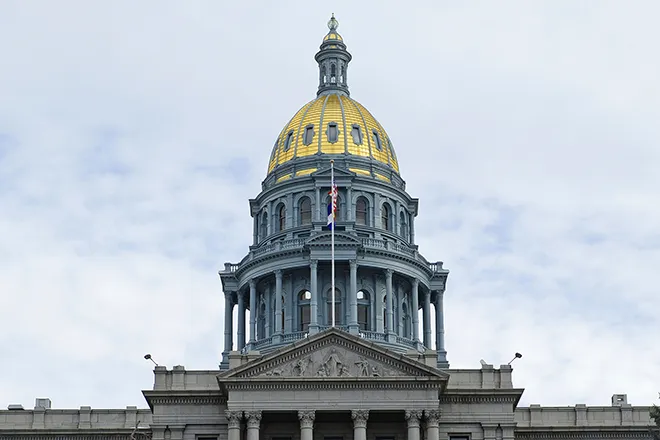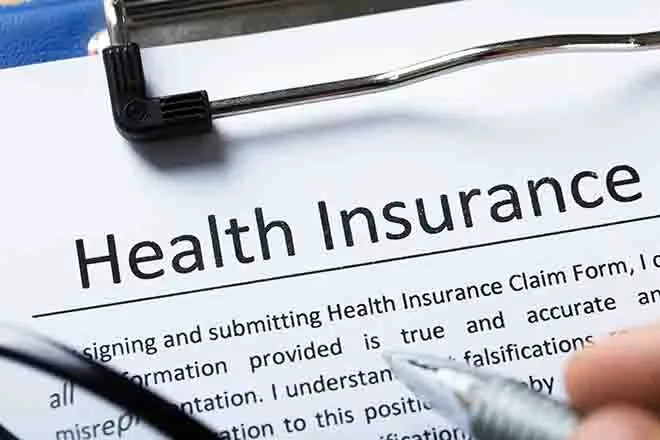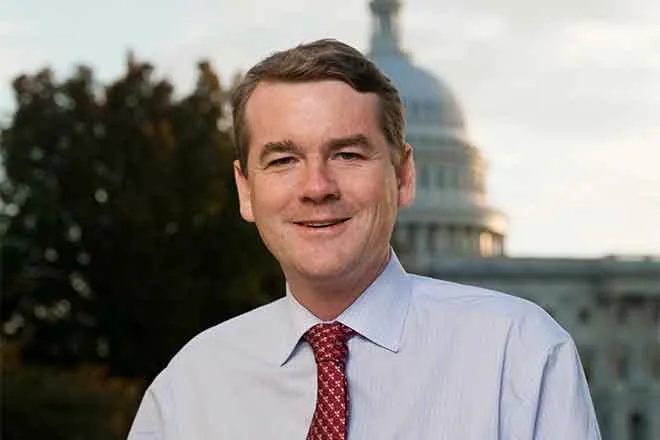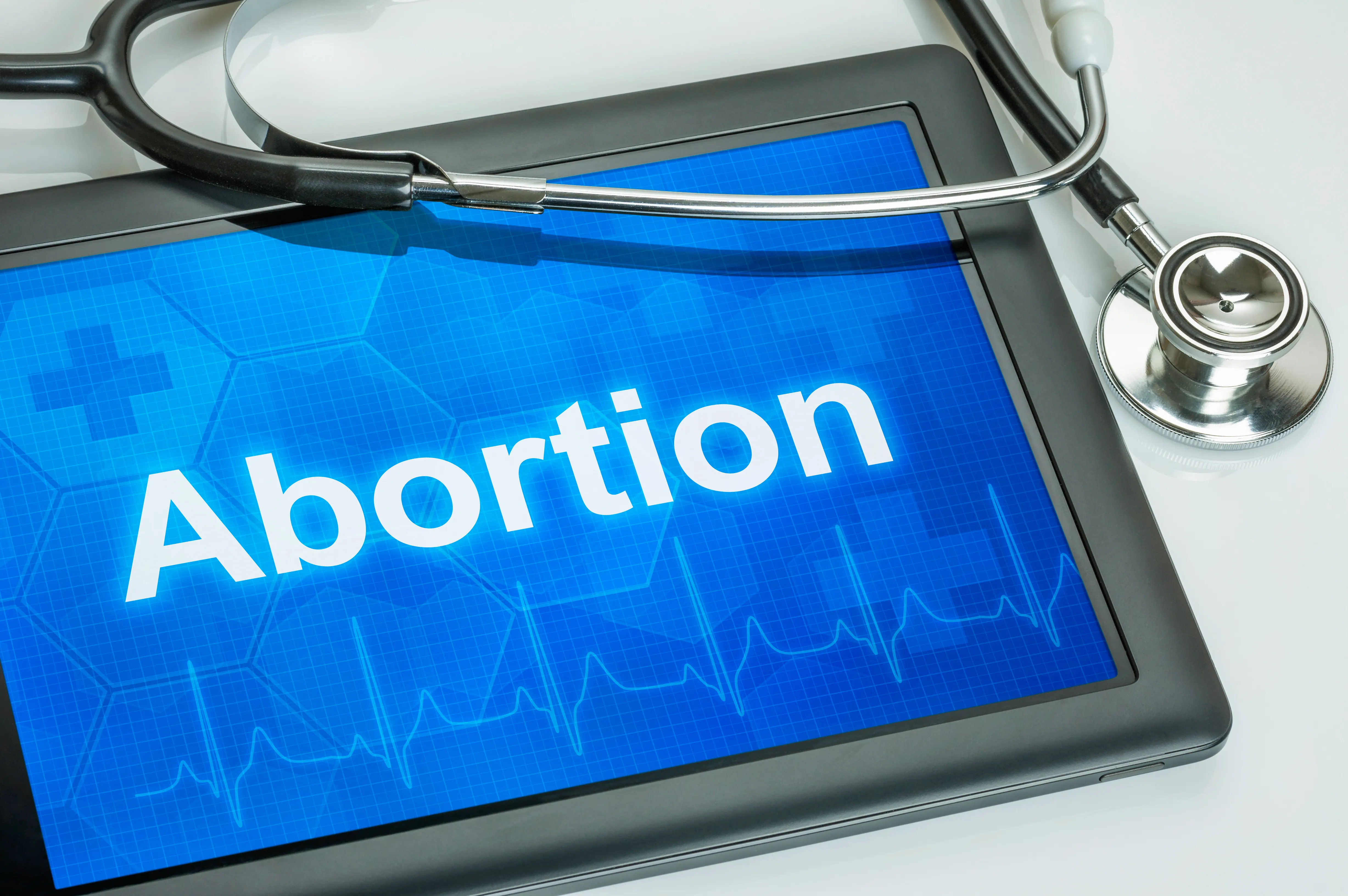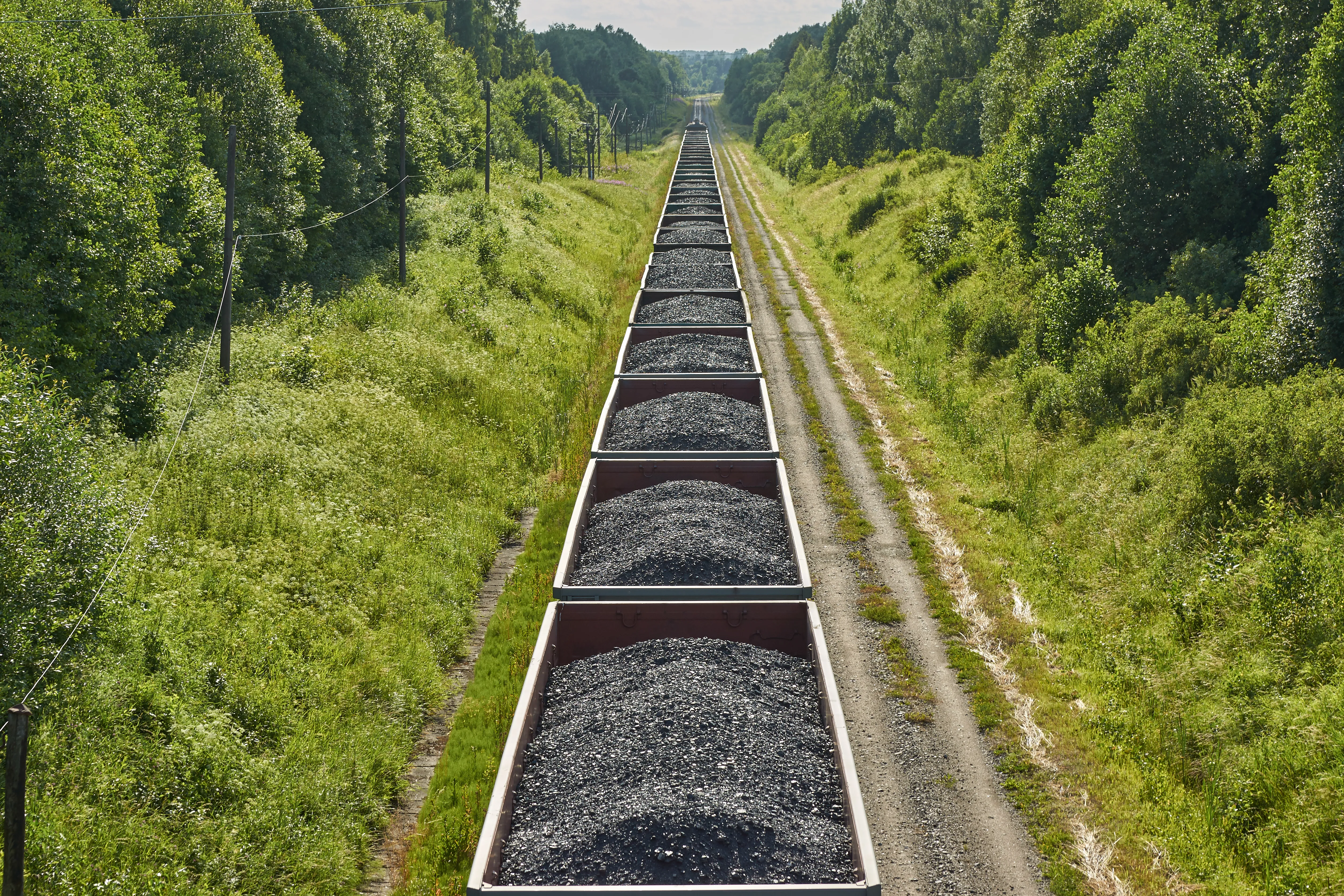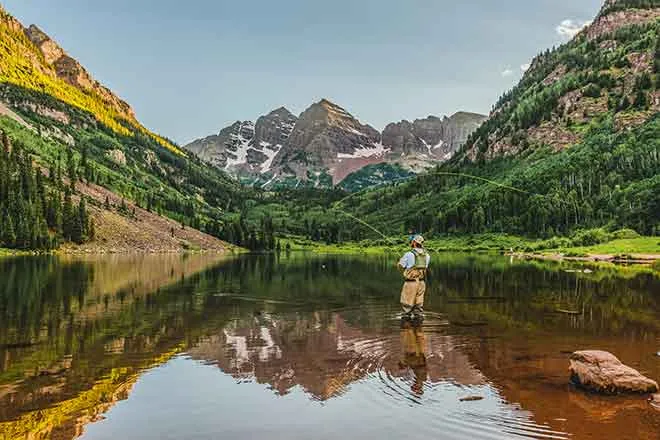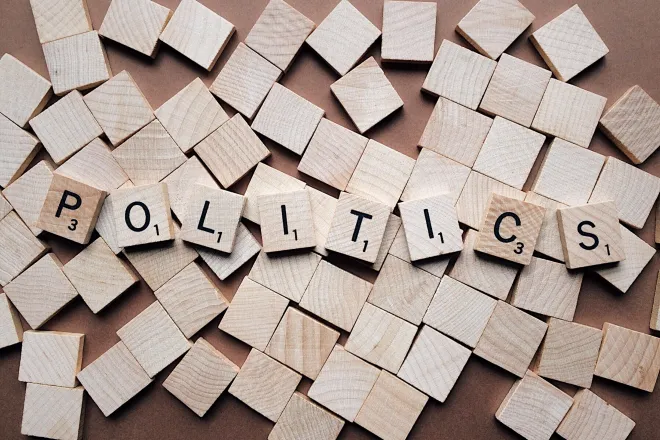
Colorado lawmakers eye oil and gas, lawn equipment role in ozone pollution
(Colorado Newsline) Efforts to tackle northeastern Colorado’s long-running ozone pollution problem can be complicated. But after another failing grade from the federal government, state policymakers are rallying around a simple goal.
“We generally observe peak ozone values at about 80 parts per billion,” Mike Silverstein, executive director of the Regional Air Quality Council, told lawmakers in a hearing at the Capitol on Friday. “We have to get to 70 in three short years. That’s the goal.”
That would finally bring a nine-county region centered on the northern Denver metro area into compliance with federal health standards for ozone, a hazardous air pollutant, which it has struggled to meet for decades. State air-quality regulators last year passed a set of plans they admitted would once again fail to achieve two standards set by the Environmental Protection Agency: an older 75 ppb limit set in 2008 and a stricter 70 ppb limit set in 2015.
State officials now say they want to achieve both standards by 2027. Colorado’s Air Quality Control Commission — a panel whose nine members are appointed by Gov. Jared Polis, and which has hewn closely to his administration’s wishes — is set to take up additional regulations on the emissions of ozone precursors, the chemicals that react with sunlight to form the pollutant, in December.
But Democrats in the Legislature, who have frequently taken issue with Polis’ approach to climate and environmental issues, have also sought to weigh in. They introduced an ambitious proposal in this year’s legislative session to strengthen permitting and enforcement measures for oil and gas operations that contribute significantly to the region’s ozone problem. Under pressure from Polis, a Democrat, and business groups, the bill was stripped of nearly all of its proposed reforms, and an interim committee to study the issue was convened instead.
In the study committee’s third hearing on Friday, lawmakers heard from representatives of Colorado local governments who urged the state to close loopholes in its oil and gas permitting rules and improve transparency in enforcement proceedings. Experts and advocates have focused in particular on emissions from drilling engines and so-called “flowback” operations during the early phases of oil and gas production, which have been shown to result in dramatic short-term spikes of certain air pollutants.
What our statistical analysis shows is that over and over again, our ozone is most highly elevated when the winds are coming from the northeast.– Jane Turner, of the city of Longmont
Jane Turner, the air quality and oil and gas coordinator for the city of Longmont, testified about the city’s efforts to monitor levels of ozone and other hazardous air pollutants, and trace them to oil and gas operations in Weld County to the northeast.
“When we look at the many thousands and thousands of data points that we have collected over the last three years, what our statistical analysis shows is that over and over again, our ozone is most highly elevated when the winds are coming from the northeast,” Turner said. “We see a very direct correlation between the activities there and the health and welfare of our residents.”
Polis earlier this year directed state regulators to take a variety of steps to crack down on the emission of ozone precursors from oil and gas activities. But a panel of industry representatives argued to lawmakers that there’s no proof that drilling activity, as measured by the number of drill rigs operating in the region, is strongly correlated with high-ozone days.
“While our industry never stops improving and stands ready to lower our emissions, the lack of correlation of activity to ozone action days simply gives me pause, and is worth further discussion,” said Christy Woodward, senior director of regulatory affairs for the Colorado Oil and Gas Association.
Clash over lawn equipment
In addition to the oil and gas industry, significant local contributors to ozone formation include gas-powered vehicles, lawn and garden equipment, and other industrial sources.
Advocates and local government officials on the board of the RAQC, a regional body that oversees public education, incentive programs and “strategy development” for the ozone problem, voted earlier this year to endorse a limited ban on the sale of gas-powered lawn equipment in metro Denver by 2025, and on the use of such equipment by government agencies and commercial operators.
The RAQC’s proposal comes with wide range of exemptions added in response to concerns from local governments, and would be subject only to “soft enforcement,” with record-keeping and reporting requirements but no inspections, tickets or penalties.
But even that approach has been deemed too aggressive by the Polis administration. The Air Pollution Control Division, a branch of the Colorado Department of Public Health and Environment, has instead asked regulators to approve a more limited proposal, which wouldn’t include a sales ban and would exempt commercial operators entirely. The RAQC will bring its alternative proposal to the AQCC in its December rulemaking hearing.
“Every now and then, the RAQC staff can produce recommendations that we consider to be a little more forward-leaning than what you might hear otherwise,” said Mike Foote, a former Democratic state senator and the chair of the RAQC board. “We’re putting forth some good policy, some well-vetted policy, and at the end of the day, we hope to be persuasive to the Air Quality Control Commission on this type of control strategy.”
Silverstein said the RAQC’s existing incentive programs for the purchase of electric lawn equipment, coupled with new tax incentives passed by the Legislature, can help move the needle. But the agency told lawmakers that additional funding for such programs is needed to accelerate the transition.
“It’s all about money. This is a big emitting category, and (there’s) not near enough money to get rid of it,” Silverstein said. “It’s really important that we get this equipment on the grass — and that gas equipment off the grass — over this next three-year period.”
Colorado Newsline is part of States Newsroom, a network of news bureaus supported by grants and a coalition of donors as a 501c(3) public charity. Colorado Newsline maintains editorial independence. Contact Editor Quentin Young for questions: info@coloradonewsline.com. Follow Colorado Newsline on Facebook and Twitter.

